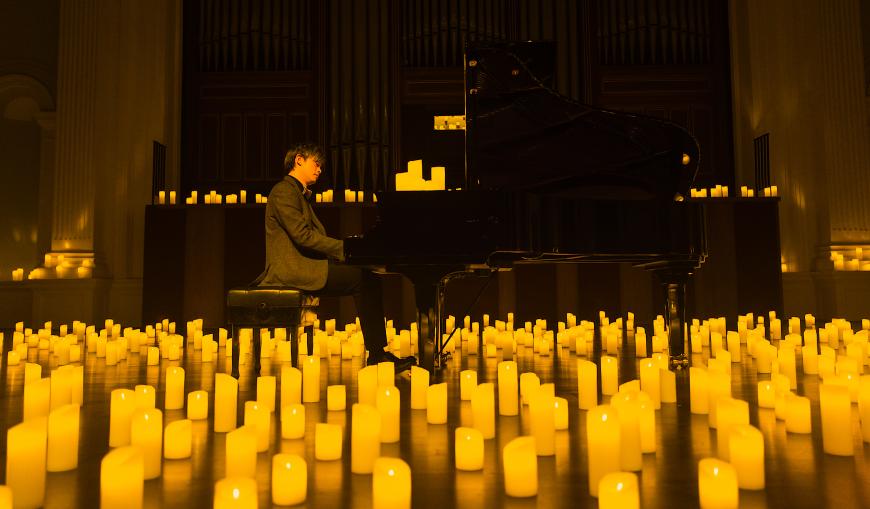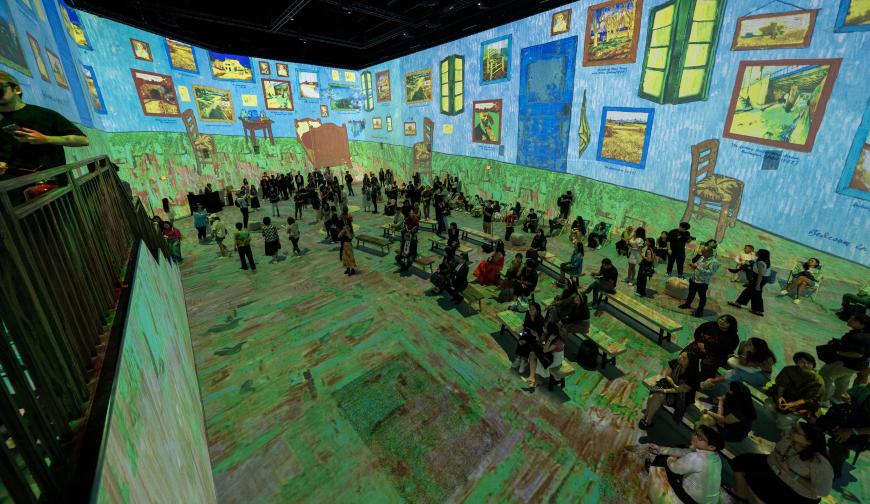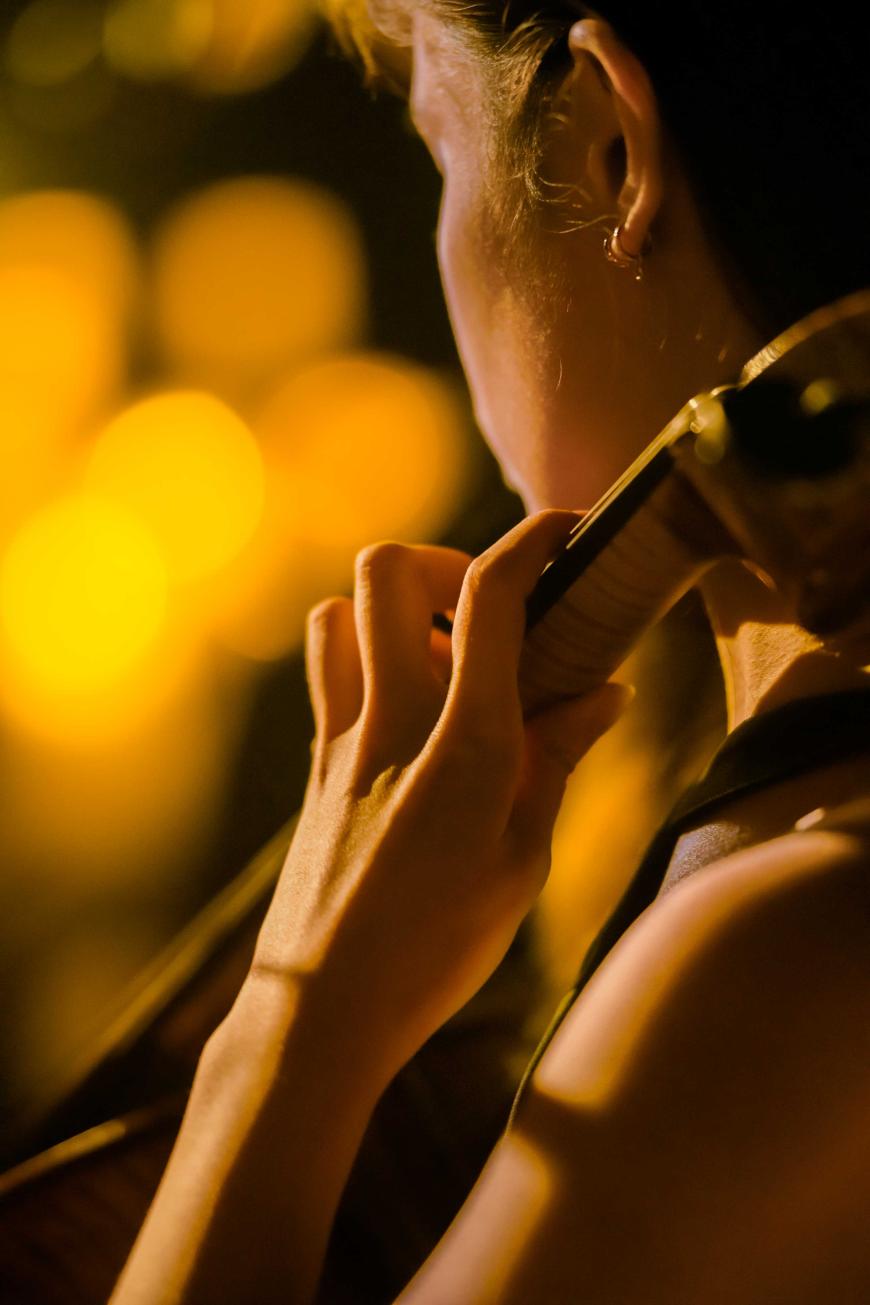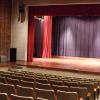
For many fine-arts organizations that put on live events, and depend partially on ticket sales, there may be a tension between what’s best for the organization’s mission and what’s best for the bottom line. These presenters try to tread the fine line between “How can we get more people to come?” and doing important work.
Enter the “disruptors,” startups with sizable venture funding that imagine a new future for these industries: one in which the content of events is optimized to support the most important metric — sales.
Live-events company Fever is one such disruptor. Founded by Ignacio Bachiller Ströhlein, a McKinsey & Company alum, and Francisco Hein, creator of city guide Secret Media Network, the company touts its data-driven approach to “democratiz[ing] access to culture and entertainment in real life.” Fever’s Van Gogh: The Immersive Experience events have captured public attention at scale, bringing established fine-arts players like Pace Gallery into the “experiential art space” game and winning the company Goldman Sachs’ backing and a $1 billion-plus valuation to match.

Since 2019, Fever has been taking on classical music, too. Its Candlelight Concerts series, now presented in over 150 cities, takes “connecting with a wider audience [and] reaching beyond the core demographic of classical music enthusiasts” as its most urgent priority.
Audrey Reedy, team lead for Candlelight Concerts, West Coast, explains: “We realized these audiences were keen for closer and more intimate experiences. We reimagined the traditional concert format, implementing changes that proved highly successful. We condensed the duration from the typical 90 minutes to a more approachable 60 minutes, moved performances from formal concert halls to more accessible venues, and diversified the repertoire to encompass a broad spectrum of themes and genres … all alongside the timeless compositions of classical masters.”
On Feb. 2, Candlelight will bring this approach back to a traditional concert space, presenting a “neo-soul” tribute (featuring the music of Sade, SZA, and more) in Colburn’s Zipper Hall. The event will likely draw audience members who have never been to Colburn before. But is Candlelight Concerts really poised to drive new, long-lasting interest in classical music?

I’ve seen a Fever event in action — as a freelance cellist in Boston, I once played for a local Van Gogh immersive event. (I was hired by a subcontractor and had no direct involvement or communication with personnel at Fever.) The content, which gets top billing, be it visual art or music, is not the focus of these evenings. It is one of the many elements at play in giving younger arts-curious ticket buyers a social experience backgrounded by the arts. This is a perfectly worthwhile mission, but it differs from the work nonprofits do in encouraging deep, repeated engagement with art.
There are no composers from the classical canon, as commonly defined, represented in Friday’s installment at Colburn — the program, at least, can’t claim to expose new audiences to any works of antiquity. This is not to say there aren’t works here deserving of serious consideration, though the program makes no substantive attempt to encourage or signal this reframing.
In fact, devoted listeners to this music may fear that intimate, string-driven arrangements won’t do justice to the timbral specificity and carefully produced sonic layers of the originals. When music from outside the classical canon is arranged for classical instruments, there is often too little consideration of how the work’s aura is altered; you hear under-considered attempts more often than well-worked examples.
The show will certainly offer spectacle with its trademark flood of candles — much like the environment of selfie museums, this is a visual experience built to drive digital interaction and therefore awareness. One wonders how long this visual setting, uniformly deployed at every concert, can maintain its impact across repeat visits to the series.
Still, Candlelight Concerts seems perfectly poised to attract new audiences — new to classical music and its institutions and new to the series. Candlelight fulfills at least one aspect of its organizers’ central promise: to “connect with a wider audience.” And that’s a worthwhile venture. We’ll have to wait and see whether it helps deliver the longed-for expansion of interest in classical music.


